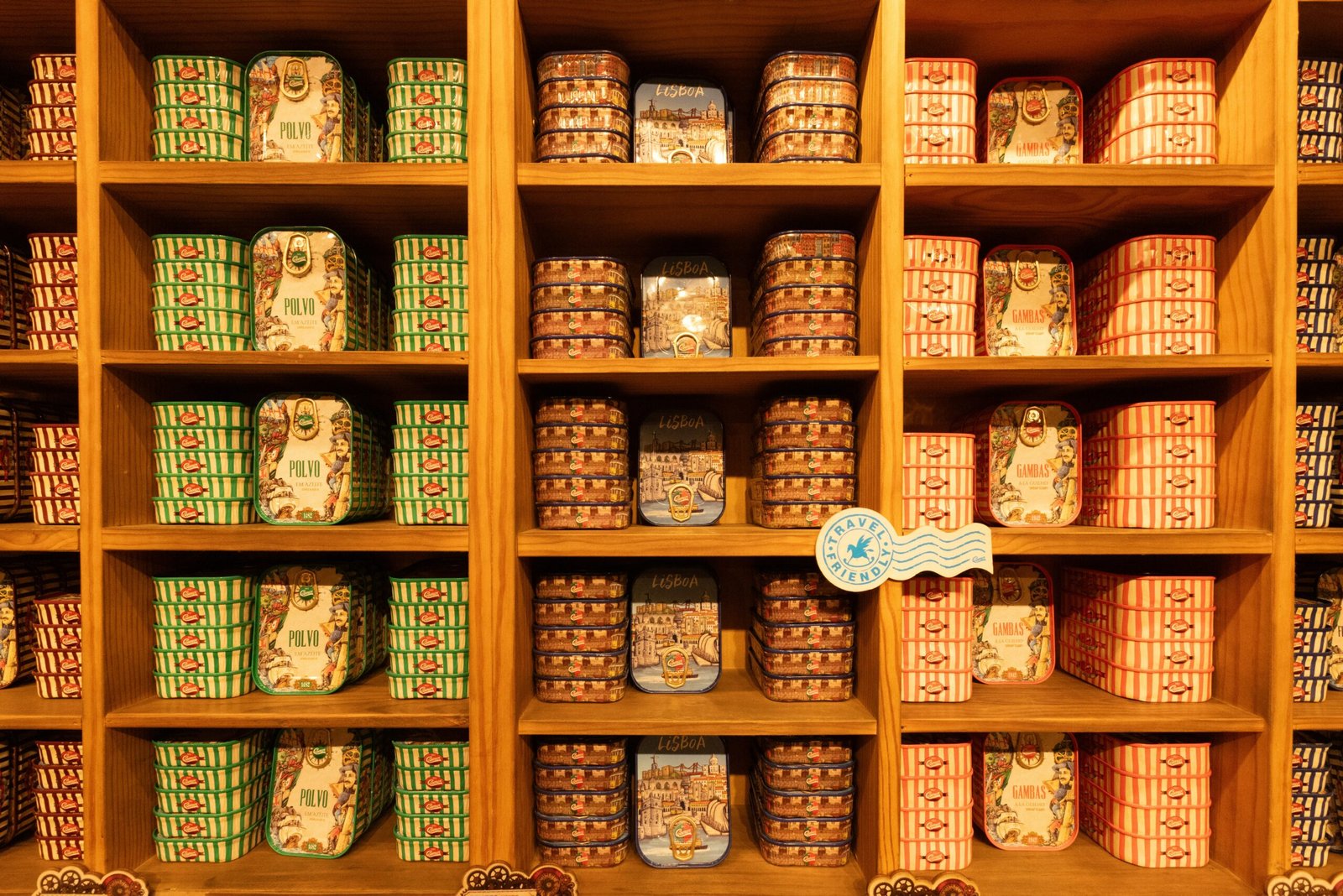Unexpected disruptions—natural disasters, supply chain breakdowns, or civil unrest—can strike without warning. Is your family ready?
Long-term food storage isn’t just a precaution; it’s a proactive strategy for building resilience. With effective methods and smart product choices, you can create a dependable reserve that delivers nutrition, stability, and peace of mind when it matters most.
Why Long-Term Food Storage Matters
Short-term fixes like pantry staples and weekly grocery runs fall short when emergencies drag on. Here’s why long-term food storage is your smart advantage:
- Extended shelf life: Properly stored food can last for decades.
- Nutritional security: Protecting essential nutrients ensures balanced meals amid scarcity.
- Greater independence: You’ll be less reliant on strained supply chains.
This isn’t “just in case” stockpiling—it’s purposeful preparedness that supports lasting resilience.
Smart Techniques for Storing Food Long-Term
Effective long-term storage relies on both proper materials and storage conditions. Here’s how to make every item count:
Key Practices to Follow
- Use airtight containers to block moisture, pests, and contaminants.
- Store foods in Mylar bags—these offer superior protection.
- Include oxygen absorbers to minimize oxidation.
- Keep the temperature cool (ideally below 65–70°F).
- Store in a dark, dry place to avoid mold and nutrient degradation.
Example: Rice stored in a Mylar bag inside a sturdy 5-gallon food-grade bucket with oxygen absorbers can remain viable for 20–30 years.
Choosing Reliable Products for Your Storage Plan
Selecting the right products ensures your storage actually works when needed. Here’s what to look for:
What to Consider
- Durability: Containers must endure years without cracking or degrading.
- Tight seals: Prevent air and moisture from causing spoilage.
- Quality materials: Food-grade packaging matters for long-term safety.
- Value: Smaller brands are often just as reliable as big names—without a premium.
Here’s a real example: My Patriot Supply’s “Ready Hour” long-term food kits feature resealable four-layer pouches, multiple oxygen absorbers, and rugged water-resistant buckets. These kits claim up to 25 years of shelf life, stack easily, and deliver around 2,000+ calories/day, with nutritional completeness built-in. They offer options ranging from three months to a full year of supply.
This brand offers a convenient all-in-one solution for those who prefer a ready-made option to complement their own bulk storage efforts.
Maintaining Your Stockpile
Even the best system needs upkeep. Here’s how to keep yours dependable:
- Inspect quarterly for pests, seal damage, or moisture issues.
- Rotate with the FIFO method—use older stock first.
- Label containers with purchase and expiration dates.
- Monitor environment conditions—temperature and humidity matter.
Consistent checking preserves food quality and extends usability.
Final Takeaway
Long-term food storage isn’t just for survivalists—it’s smart planning for any household. By combining airtight containers, Mylar bags, oxygen absorbers, and thoughtful product choices like My Patriot Supply’s kits, you build a solid, long-lasting supply.
Start small, stay consistent, and grow your storage over time. The preparedness you build today becomes your safety net tomorrow.
FAQs About Long-Term Food Storage
Q: What foods last the longest?
Honey, white rice, dried beans, and freeze-dried meals (if stored correctly) can last 20–30 years. Salt and sugar also endure indefinitely when kept dry.
Q: Best storage conditions?
Airtight containers or Mylar bags with oxygen absorbers, stored in cool (under 70°F), dark, dry spaces, are ideal.
Q: What containers work best?
Food-grade 5-gallon buckets with gamma seal lids, vacuum-sealed containers, and Mylar bags are top choices.
Q: How much food should I store?
Aim for at least a 3-month supply per person (based on 2,000 calories/day). Include grains, proteins, and freeze-dried vegetables for balance.
Q: What does FIFO mean?
First In, First Out—label your supplies and rotate to keep stock fresh.
Q: How often to check?
Inspect every three months and monitor storage conditions monthly.
Some readers find My Patriot Supply’s long-term food kits an easy, turnkey option. Their Ready Hour kits offer up to 25 years of shelf life, high daily calories, nutrition support, and durable packaging—a convenient complement to DIY storage efforts.

